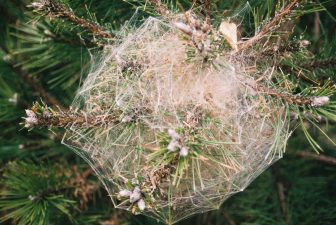‘Everything in moderation’ is good advice, especially when it comes to sunshine. Humans know this, especially in the Middle East, mastering all means of shading devices, and protective clothing. But what if you are an organism without access to sunscreen? Two scientists at Israel’s oldest university have discovered how bacteria protect themselves from overexposure.
Professor Noam Adir of the Technion – Israel Institute of Technology recently published a study that describes how bacteria protect their photosynthetic system from too much sunlight.
Photosynthesisis is a natural process of converting light energy into chemical energy that can later be released to fuel an organisms’ activities. It is essential to the animal kingdom but not only for organisms that perform photosynthesis themselves; even animals that don’t perform photosynthesis consume the its primary product, which is glucose.
Think back before digital cameras, remember those sensitive rolls of Kodachrome? Just as film could be overexposed, natural photosynthetic systems are also liable to be damaged by too much light, leading to organism death. Scientists have generally accepted that some organisms developed mechanisms to protect from sunlight overexposure. Adir’s study now reveals the specific strategy used by cyanobacteria (commonly known as “blue green algae”). He calls it cyanobacteria’s “automatic sunshade”.

The main player in this process is the protein OCP which modifies its structure and color in response to intense light, blocking the flow of energy that reaches the center of the photosynthetic reaction. This is traced to a reaction between the active species of OCP and phycobilisome (PBS), the protein complex that functions as a light harvesting antenna in the cyanobacteria.
“In this study we discovered how the OCP blocks the energy,” explained Adir, “In effect, the protein acts as a biological switch. In response to strong light, part of the protein penetrates the PBS, and changes the PBS structure, thereby diverting the flow of energy to the reaction centers. According to experiments done by the Kirilovsky lab, this defense mechanism blocks more than 90% of the sun’s radiation. As soon as the radiation diminishes, the protein returns to its normal state and the flow of energy resumes.”
You can read the full findings, (link to the article here). Research was conducted by Professor Noam Adir and doctoral student Dvir Harris , in collaboration with Dr. Diana Kirilovsky and her laboratory at I2BC-CEA, in France. The article was published in the scientific journal PNAS.
Technion is a public research university in Haifa, Israel, established in 1912.



